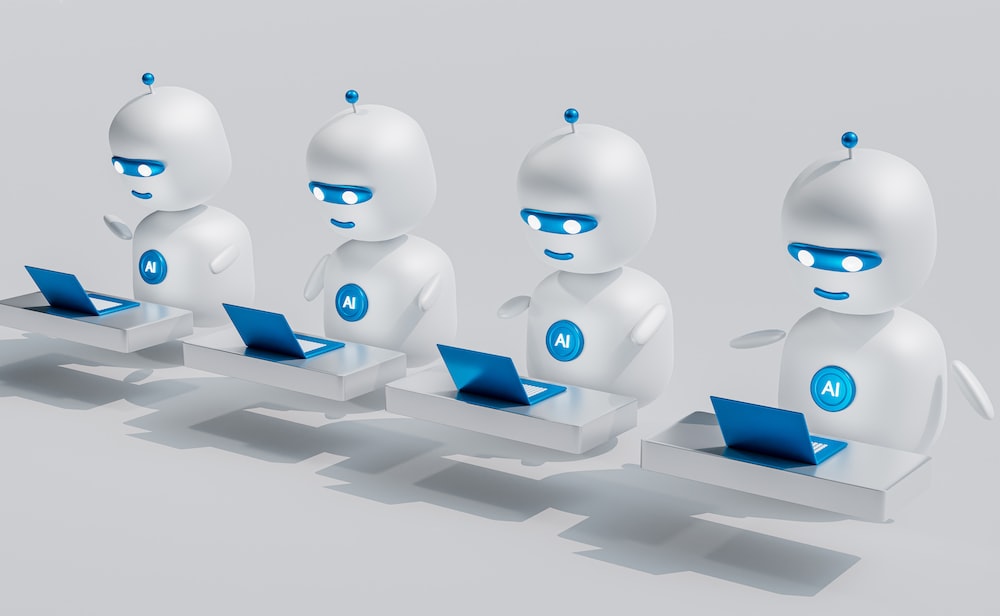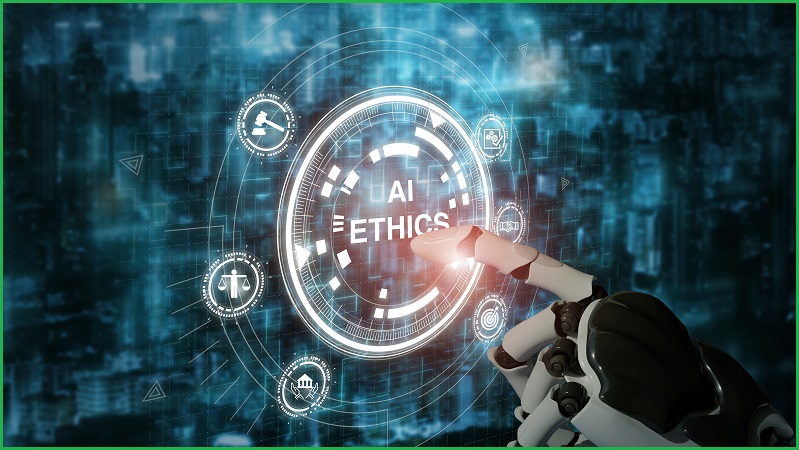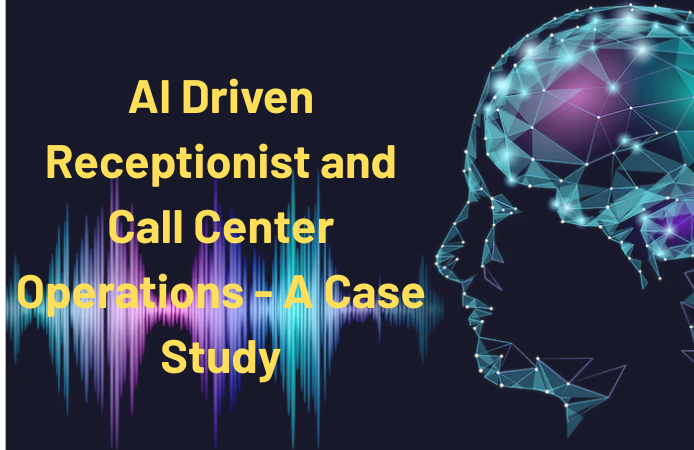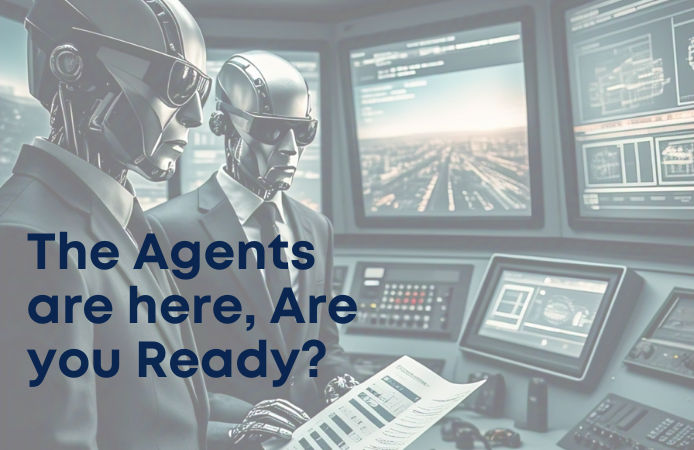Advancements in AI: What to Expect in the Next 5 Years

Artificial Intelligence (AI) has rapidly transformed various industries, revolutionizing the way we live, work, and interact. With recent advancements in AI, the field is poised for even greater breakthroughs in the coming years. This article explores the advancements expected in AI over the next five years, delving into the latest trends, technologies, and their potential implications. From computer vision and natural language processing to autonomous systems, deep learning, AI ethics, and quantum computing, the future of AI holds immense promise and numerous possibilities.
Enhanced Computer Vision and Image Recognition

Computer vision has been a prominent area of AI research, and it will continue to witness significant advancements in the next five years. Cutting-edge algorithms combined with improved hardware capabilities are expected to enable machines to understand visual information more comprehensively. These advancements will enhance object recognition, image segmentation, and video analysis, paving the way for applications such as autonomous vehicles, facial recognition, and augmented reality.
Recent breakthroughs in generative adversarial networks (GANs) have led to remarkable progress in generating realistic images and videos. By leveraging GANs and deep learning techniques, researchers have achieved significant improvements in image synthesis, enabling machines to generate highly detailed and believable visuals.
Furthermore, advancements in edge computing and the development of specialized hardware, such as neuromorphic chips, will empower AI systems to process visual data faster and more efficiently. This will drive the proliferation of AI-powered devices and enable real-time analysis of video streams, unlocking a wide range of applications across industries.
Natural Language Processing (NLP) and Conversational AI

Natural Language Processing (NLP) has witnessed significant advancements in recent years, with applications like chatbots, virtual assistants, and language translation becoming increasingly sophisticated. In the next five years, NLP is expected to reach new heights, allowing machines to understand and generate human language with remarkable fluency.
Transformer-based models, such as OpenAI’s GPT-3, have demonstrated impressive language understanding and generation capabilities. These models have been employed in various domains, including content generation, language translation, and code generation. As models continue to evolve, we can anticipate more advanced NLP systems that are more contextually aware, capable of generating human-like responses and offering highly accurate language translations.
Additionally, multimodal NLP, which combines text with other forms of data such as images and videos, will become more prevalent. This integration of multiple modalities will enable machines to have a deeper understanding of human communication and context, leading to more effective and natural interactions between humans and AI systems.
Autonomous Systems and Robotics

Autonomous systems, including robots and drones, are poised to play a crucial role in various industries, ranging from healthcare and manufacturing to logistics and agriculture. In the next five years, advancements in AI will contribute to the development of highly autonomous systems, enabling them to perform complex tasks with minimal human intervention.
The field of reinforcement learning has shown remarkable progress in training autonomous agents to navigate and interact with their environment. Deep reinforcement learning techniques, combined with massive amounts of simulated and real-world data, have resulted in significant advancements in robotic control and decision-making.
The emergence of collaborative robots, or cobots, will foster human-robot collaboration in various settings. These robots will have the ability to understand human intentions, adapt to dynamic environments, and work alongside humans to enhance productivity and safety. Moreover, advancements in sensor technology, including LiDAR, radar, and 3D vision systems, will provide autonomous systems with richer perception capabilities, enabling them to operate in diverse and complex environments.
Deep Learning and Neural Networks

Deep learning, a subset of machine learning, has been a driving force behind recent AI advancements. Deep neural networks have demonstrated exceptional capabilities in various domains, from image and speech recognition to natural language processing and drug discovery. Over the next five years, deep learning is expected to further evolve, leading to more efficient models and improved performance.
One area of focus is the development of explainable AI, addressing the black-box nature of deep learning models. Researchers are working on techniques to provide insights into the decision-making process of deep neural networks, making them more transparent and accountable. Explainable AI will facilitate the adoption of AI systems in critical domains such as healthcare and finance, where interpretability and trust are paramount.
Furthermore, the intersection of deep learning and reinforcement learning will lead to significant advancements in areas such as robotics and autonomous systems. Combining deep neural networks with reinforcement learning algorithms will enable machines to acquire complex skills and decision-making capabilities through extensive training and interaction with their environments.
AI Ethics and Responsible AI Deployment

As AI technologies continue to advance, ethical considerations and responsible deployment become increasingly crucial. In the next five years, there will be a greater emphasis on addressing the ethical challenges posed by AI. This includes concerns related to bias in algorithms, data privacy, and the societal impact of AI-driven automation.
Efforts are underway to develop frameworks for responsible AI deployment. Organizations and researchers are exploring ways to ensure fairness, transparency, and accountability in AI systems. The development of guidelines and regulations to govern AI use is also gaining momentum, with an aim to balance innovation and societal well-being.
Quantum Computing and AI

Quantum computing holds the potential to revolutionize AI by solving complex optimization problems, enabling faster training of AI models, and enhancing the capabilities of machine learning algorithms. In the next five years, advancements in quantum computing could have a profound impact on AI research and applications.
Quantum machine learning algorithms, such as quantum neural networks and quantum support vector machines, have shown promise in solving specific AI tasks. Moreover, quantum-inspired classical algorithms, which leverage the principles of quantum mechanics, have already demonstrated enhanced performance in certain AI applications, such as clustering and optimization.
However, significant challenges remain in scaling up quantum computing hardware and developing error-tolerant quantum algorithms. Overcoming these challenges will be crucial for unlocking the full potential of quantum computing in the field of AI.
Conclusion
Advancements in AI over the next five years hold immense potential to transform industries and reshape our daily lives. From enhanced computer vision and natural language processing to autonomous systems, deep learning, AI ethics, and the integration of quantum computing, the future of AI is poised to bring remarkable changes. It is crucial to continue fostering responsible AI development, ensuring that AI technologies are deployed ethically and in a manner that benefits humanity as a whole.



